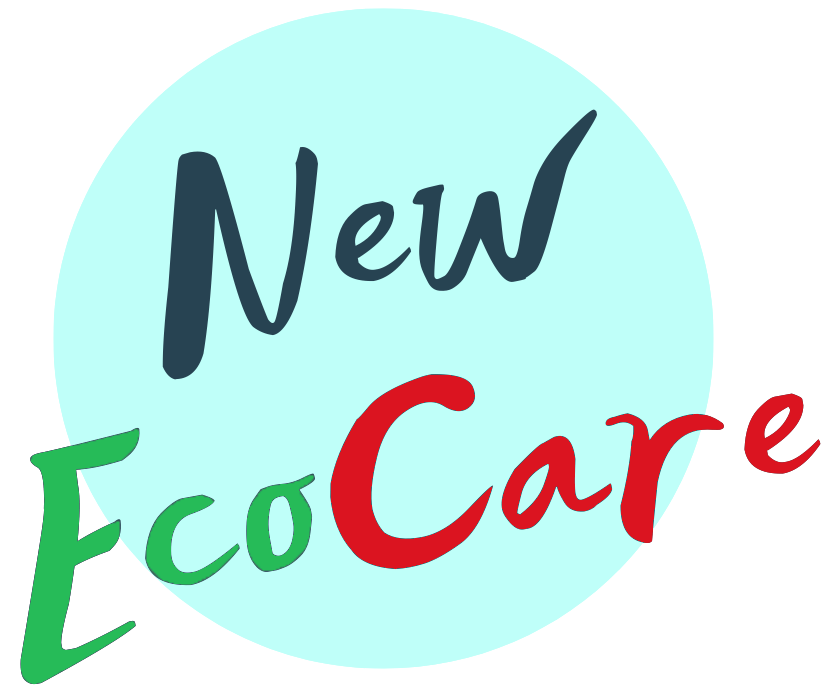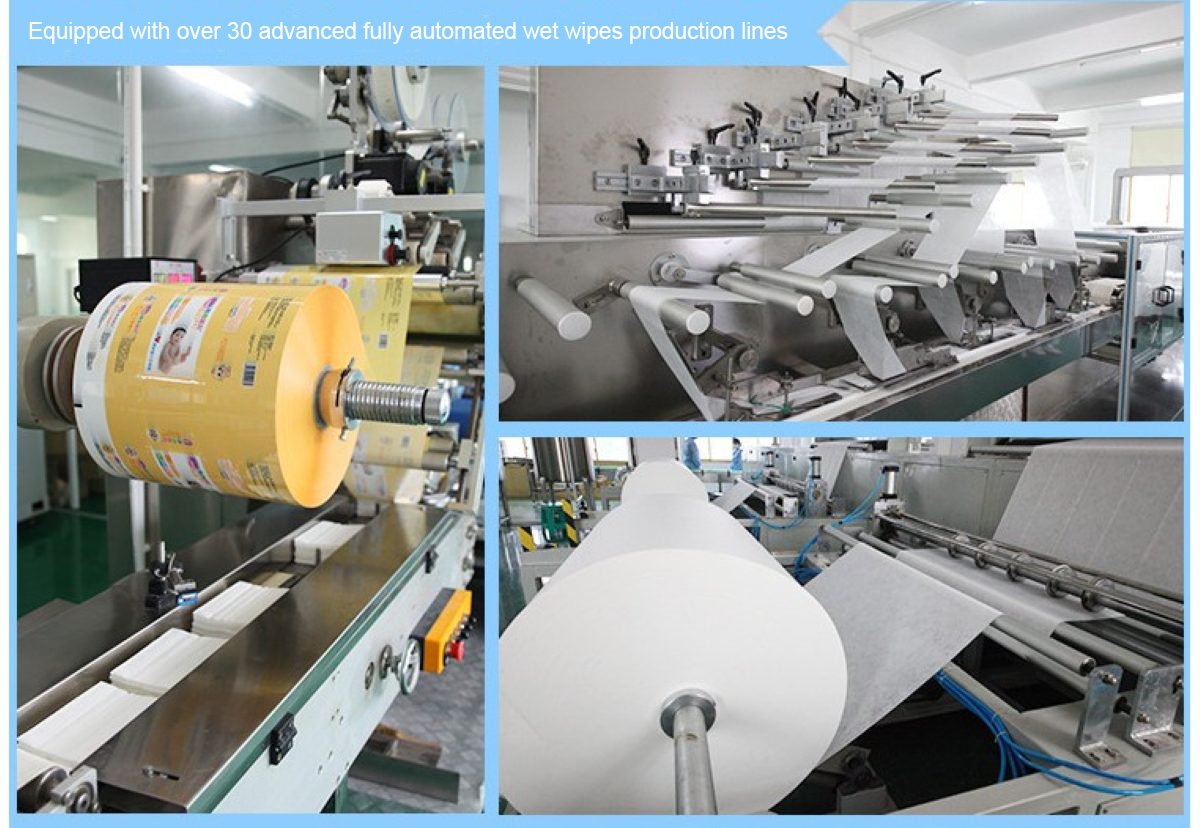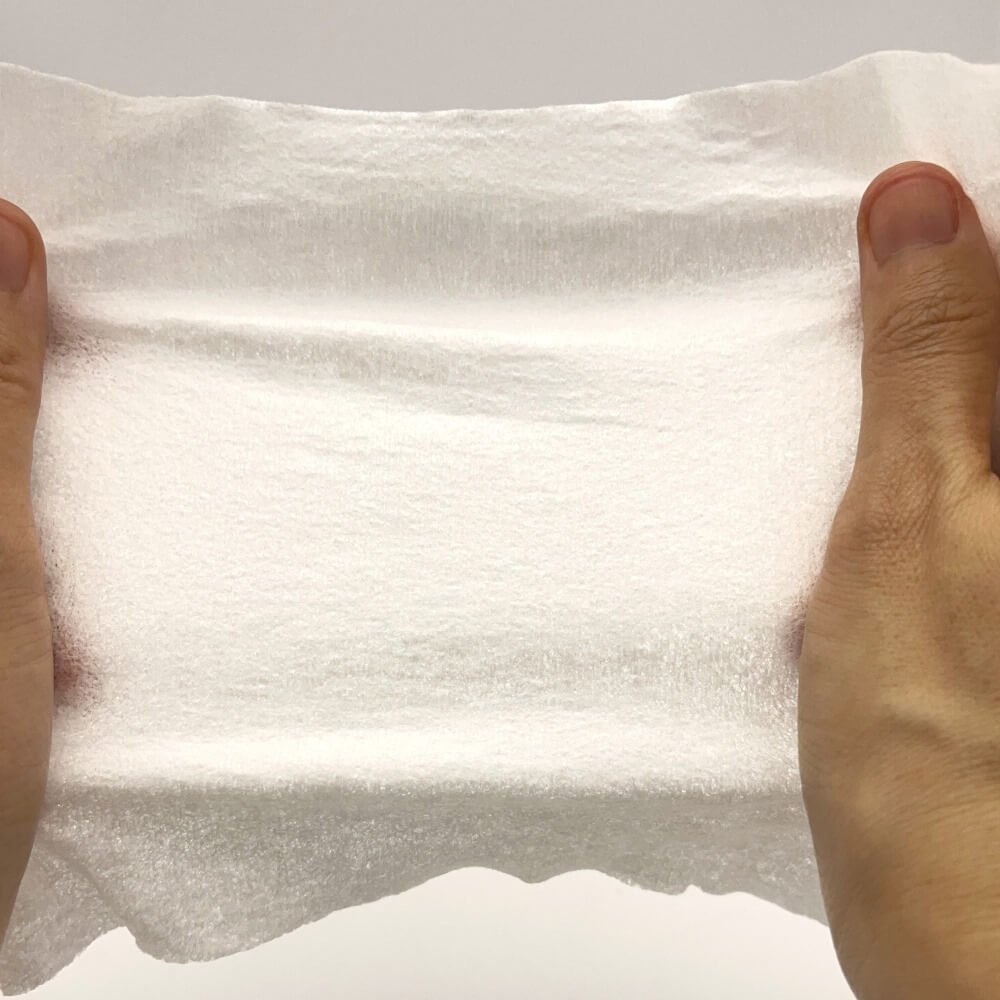Choosing the right substrate is the foundation of producing high-quality wet wipes. For brand owners, wholesalers, distributors, and supply‑chain managers looking to partner with trustworthy manufacturers like Новый EcoCare, understanding substrate types—especially биоразлагаемые салфетки и spunlace nonwoven material—is essential. This guide will walk you through everything you need to know, all in a clear, approachable tone that feels naturally human.
Оглавление
1. What Is a Wet‑Wipe Substrate & Why It Matters
A wet‑wipe substrate is the core material of the wipe—the soft sheet you hold in your hand. Common types include:
Soft, spunlace nonwoven fabrics made from viscose, polyester, или cotton
Bamboo‑fiber nonwoven or biodegradable bamboo substrates
Specialty blends designed for specific functions like adult incontinence or pet grooming
Why does it matter? Because the substrate determines everything: absorbency, skin feel, strength, biodegradability, and environmental impact. Choosing the right one can make or break your product’s performance and brand reputation.




2. Core Selection Criteria for Substrates
2.1. Absorbency & Liquid Retention
A substrate must absorb and hold the liquid formula without dripping. For example, spunlace nonwoven fabrics made from viscose/polyester blends offer excellent capillary absorption and liquid retention, often outperforming cotton cloth by 3–4× in controlled tests.
2.2. Strength & Integrity When Wet
Nobody likes a wipe that tears mid-use. Substrates like Welspun’s Welicate spunlace provide superior wet strength and durability, making them suitable for demanding end uses like baby or pet wipes.
2.3. Gentle, Soft Feel on Skin
For sensitive baby or pet skin, choose substrates with silky softness. Some innovative layers, like Sandler’s sawatex, offer dual-texture—exfoliating on one side, ultra-soft on the other—for a premium feel.
2.4. Biodegradability & Sustainability
Eco-conscious consumers want биоразлагаемые салфетки and compost-friendly substrates like bamboo fiber. Bamboo substrates offer antimicrobial benefits and break down naturally without harming the environment.
2.5. Cleanliness: Low Lint, Low Contamination
In medical or baby care wipes, lint‑free and contaminant‑free is non-negotiable. Synthetic spunlace substrates with tightly bonded fibers release fewer particles than loose woven or natural-fiber alternatives.
2.6. Texture Options & Consumer Experience
Embossing, perforating, or adding microtexturing can differentiate your product. Whether it’s for deep cleaning pet paws or lotion-style baby wipes, substrate texture plays a critical role.
3. Substrate Recommendations by Category
3.1. Детские салфетки
Primary Needs: Extremely soft, hypoallergenic, slightly embossed for cleansing, biodegradable where possible
Top Picks:
Spunlace viscose/polyester (60–80 gsm): balances softness, strength, and cost
Bamboo fiber spunlace for eco-credentials
100% cotton pads for premium, natural feel
Why it works: Babies need gentle care. Spunlace and bamboo substrates are soft, strong, and appealing to parents who value sustainability.
3.2. Adult Incontinence Wipes
Needs: High absorbency, durable when wet, odor control, gentler texture than standard adult wipes
Top Picks:
High GSM spunlace blends (80–120 gsm) for thicker, more absorbent wipes
Functional overlays (e.g., antimicrobial, soft cellulose layers)
Why it works: Adult care requires wipes that hold more liquid yet feel gentle. Spunlace constructions deliver exactly that.
3.3. Pet Grooming Wipes
Needs: Tough enough for mud and fur, pH-balanced, often biodegradable and infused with natural ingredients
Top Picks:
Spunlace polypropylene blends with embossed textures for cleaning thick fur
Plant-based, biodegradable substrates for eco-conscious pet owners
Ultra-soft cellulose for sensitive pet skin
Why it works: Pet owners seek convenience and eco-friendliness. Biodegradable, strong wipes with pet-safe formulas check all boxes.
4. Substrate Technology Highlights
4.1. Spunlace Nonwoven Technology
Spunlace uses high-pressure water jets to entangle fibers, generating a soft yet durable fabric. Examples:
Welspun Welicate: Smooth, strong, cost-effective
Curacell: Eco-conscious spunlace made without water waste
4.2. Bamboo & Natural Fiber Blends
Bamboo fiber wipes: Naturally antibacterial, compostable, smooth texture
Cotton spunlace: Premium touch, good absorbency, but costlier
4.3. Multilayer & Composite Substrates
Polypropylene-cellulose sandwich structures (like Curacell and sawatex) enable dual-functionality—cleaning plus skin comfort.
5. Matching Substrate to Your Brand & Markets
5.1. Baby Brands
Value lines: 40–80 gsm viscose/polyester spunlace, plain or dot embossed
Sustainable/organic lines: Bamboo spunlace, biodegradable packaging
Premium: Cotton/spunlace with lotion infusion, silky embossing
5.2. Adult Care Lines
Economy pads: High GSM polypropylene spunlace
Premium pads: Bamboo or overlay structures, possibly with lotion or odor-control additives
5.3. Pet Brands
Everyday use: Polypropylene spunlace embossed for cleaning paws and fur
Eco premium: Compostable bamboo substrates, infused with aloe or oatmeal
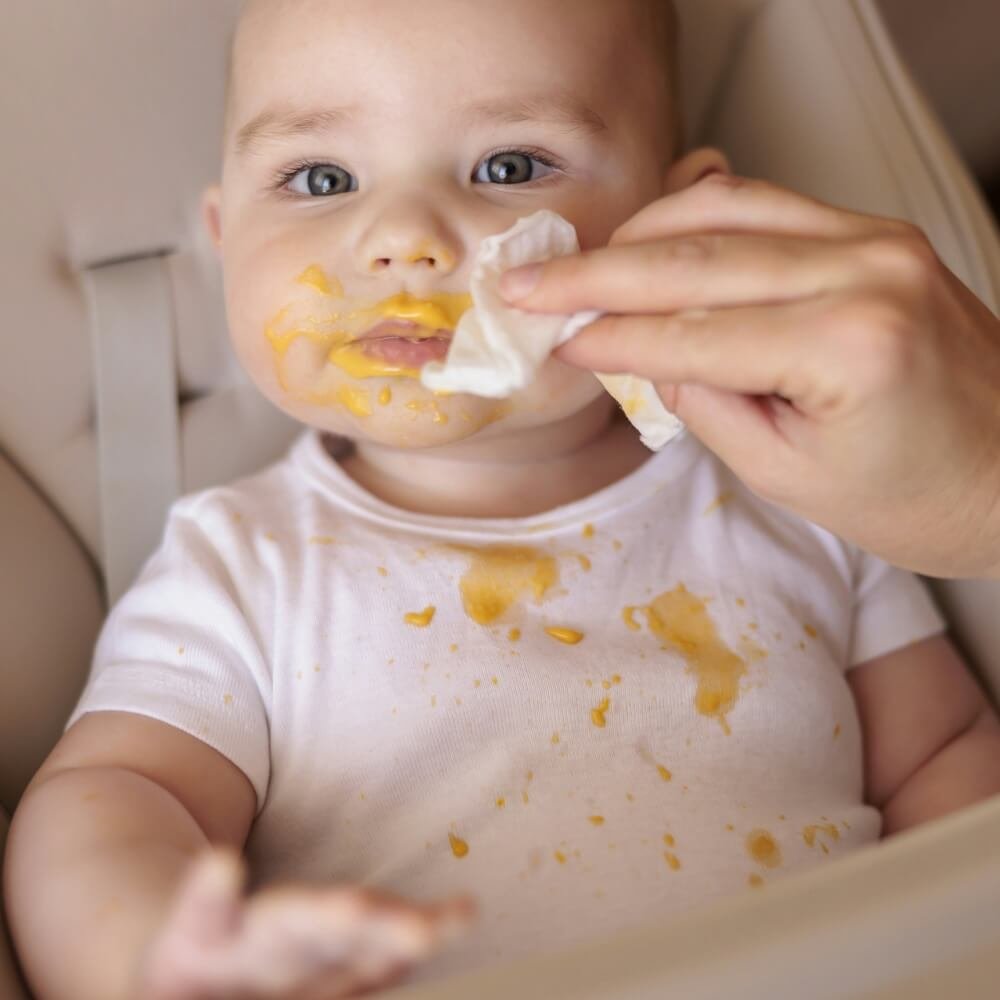
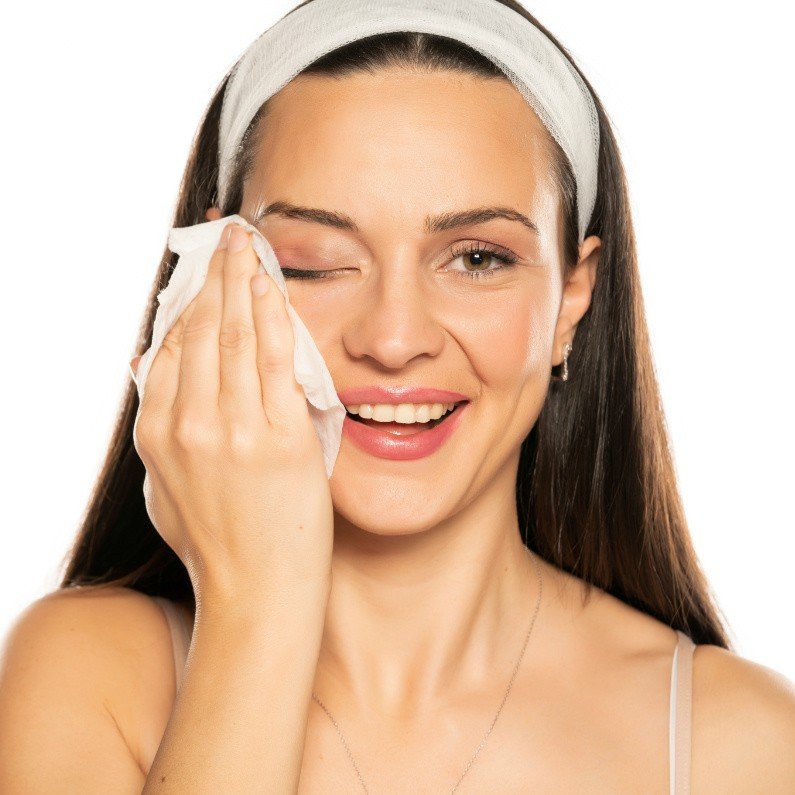

6. Evaluating Manufacturers Like New EcoCare
When vetting suppliers, focus on:
6.1. Technical Expertise & Material Options
Manufacturers should offer a range of substrates—viscose, bamboo, cotton—plus embossing and layering capabilities.
6.2. Product Testing & Certifications
Request lab reports for tensile strength, absorption rate, skin-safety, and biodegradability. Certifications like FSC, PEFC, or ISO add credibility.
6.3. Customization & Responsive Support
For private-label or exclusive products, you may want custom embossing, plant-based formulations, or even unique substrate colors.
6.4. Sustainability Practices
Seek suppliers with eco-friendly production: waterless spunlace processes, biodegradable waste streams, renewable energy—elements increasingly valued by consumers and niche retailers.
6.5. Quality Control & Sampling
Ask for pre-production samples to test wet strength, wiping durability, and feel. A reliable factory will welcome this process.
7. Tips to Pilot a New Substrate
Sample & test: Evaluate strength, wipes count per gram, absorbency
Conduct user testing: Ask moms or pet owners about feel and efficacy
Secure certifications: E.g., dermatology-tested, compostable claims verified
Pilot launch: Start in one distribution region, gather feedback
Scale production: Adjust embossing or GSM as needed and consider custom packaging
8. Final Takeaway
Selecting the right substrate is more than a cost decision—it defines your brand’s performance, appeal, and positioning in crowded markets. For baby, adult incontinence, or pet wipe lines, the strategic choice of material can transform a product from ordinary to outstanding.
By embracing substrates like spunlace nonwoven и biodegradable bamboo, you align with consumer trends—gentle care and environmental consciousness—while ensuring product durability and quality.
Whether you’re a brand owner, wholesaler, or supply‑chain manager, ask your manufacturing partner (like New EcoCare) to showcase substrate options, testing data, and certifications. This groundwork pays off in customer loyalty and repeat business.
